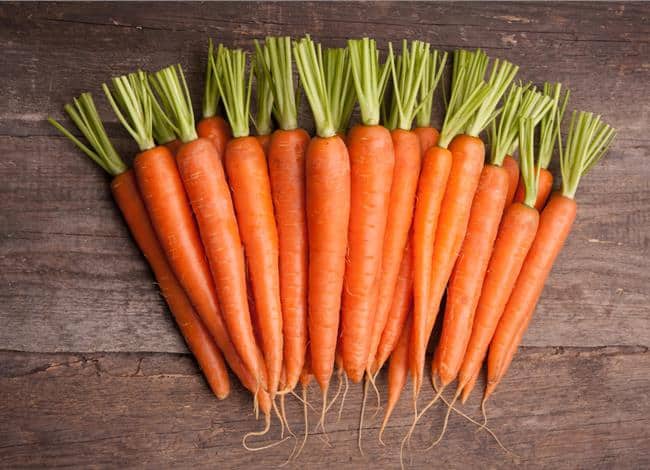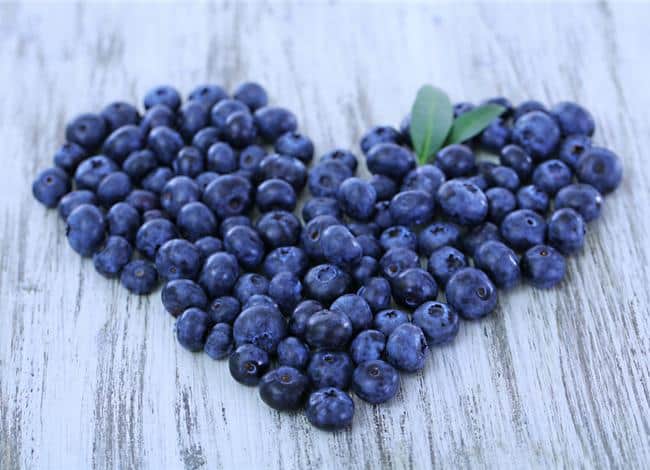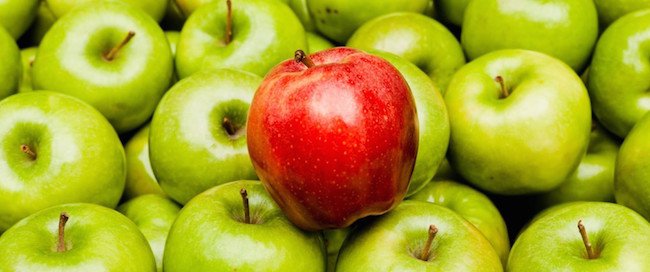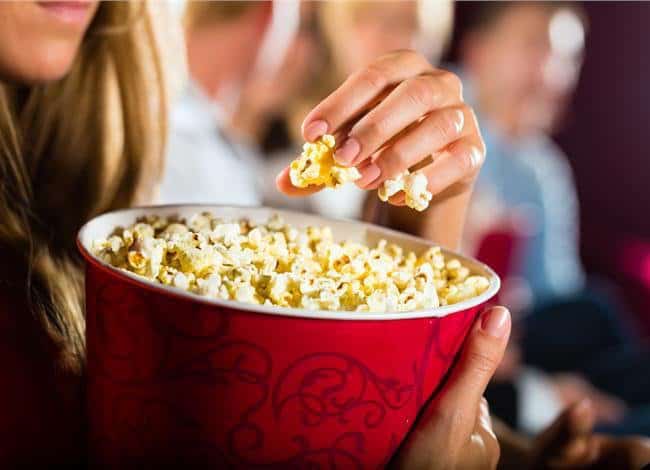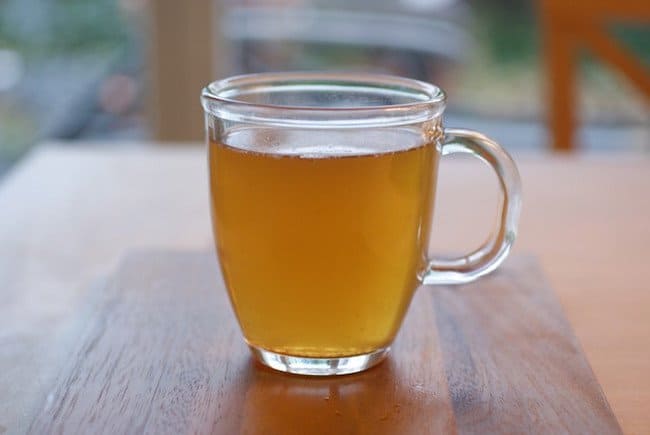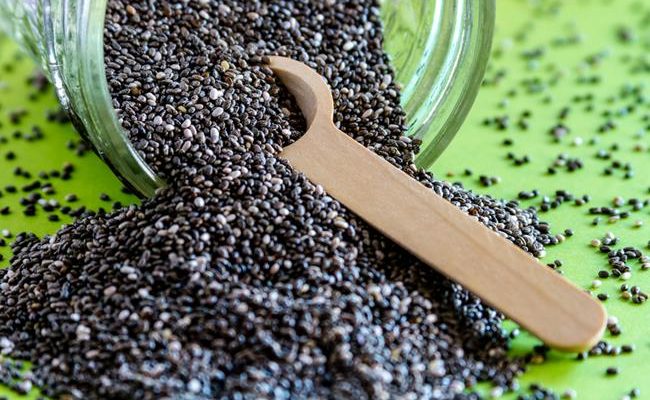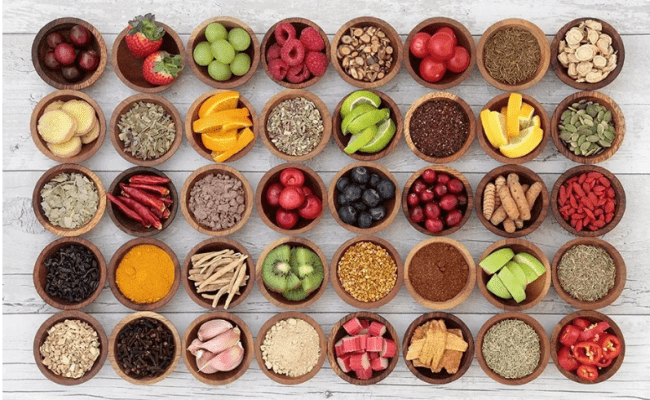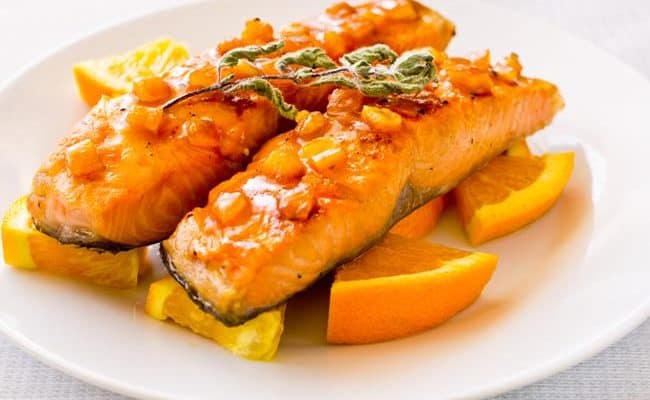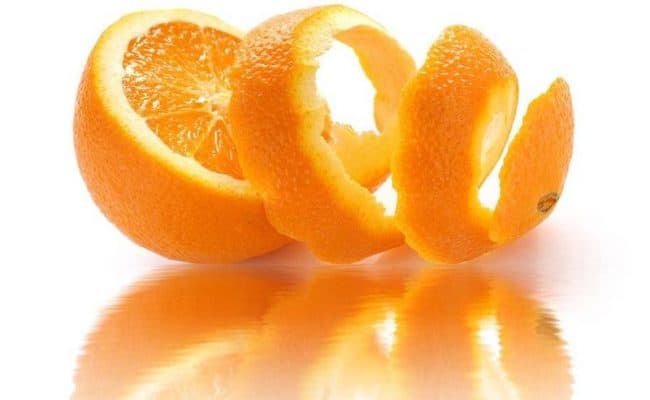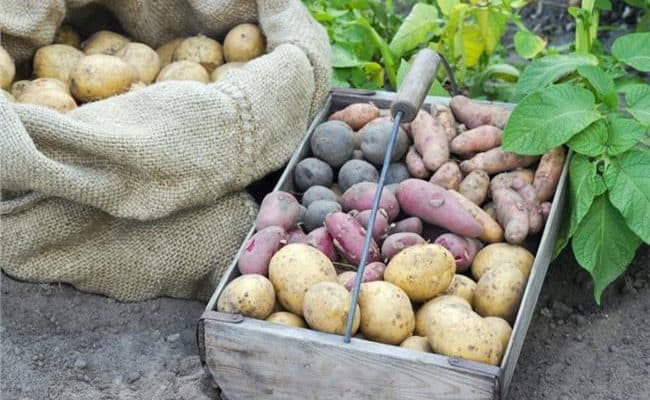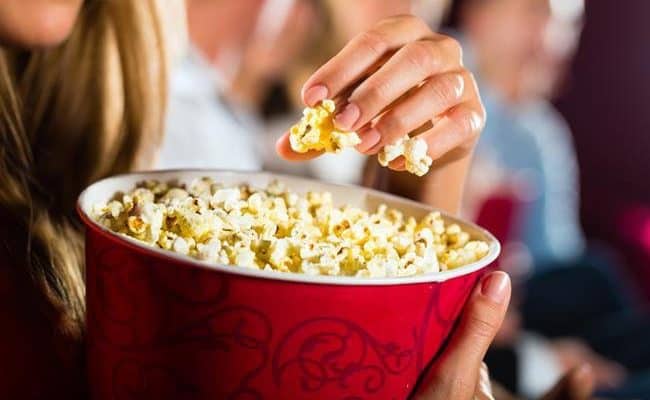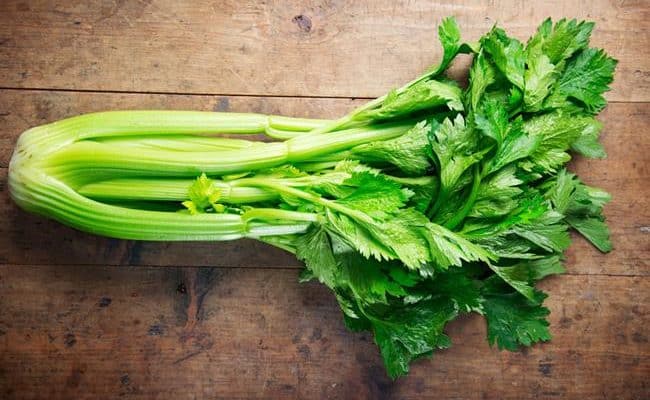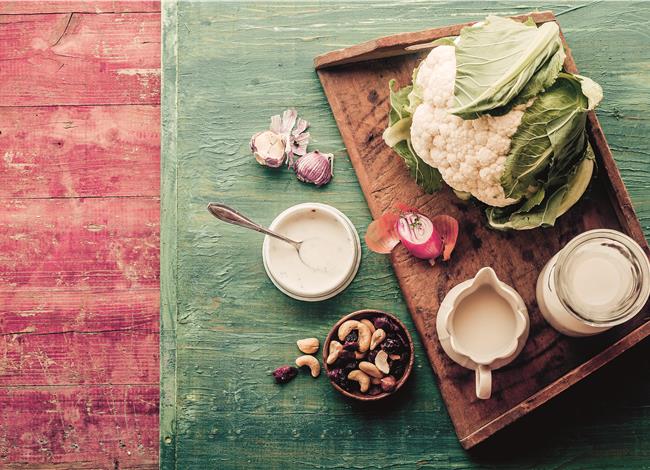
Weight loss claims from supplements and fad diets can promise you can eat anything you want and lose weight. Of course in reality, claims like this are too good to be true.
Eating for weight loss includes eating a low energy dense diet and limiting high energy dense foods like fast food, packaged snacks and sweets.
Research (1) suggests humans have a poor ability to recognize high energy dense foods and down regulating appetite.
We do a poor job tracking calorie intake, but on average we usually eat the same amount of weight of food.
Eating a low energy dense diet is associated with better diet quality and lower body weight (2)
A low energy dense diet is high in fruits, vegetables, broth based soups and cooked grains.
One thing that can help with adhering to a low energy diet is it allows for eating a large volume of food.
A common complaint for eating during weight loss is constantly feeling hungry.
However, eating a low energy dense diet means you can fill up on food that is high in water content.
This means you are able to eat a high volume of food.
The following foods are examples of foods that are low in energy density and can be eaten in high volume.
Crunchy vegetables
Vegetables are probably considered not only the most diet friendly food but also some of the most nutrient dense foods you can eat.
They have a high water, vitamin, fiber and mineral content and are very low in calories, so they are the first suggestion for foods that can be eaten all day long without worrying about your weight.
JUST eating vegetables can be boring and unsatisfying for weight loss.
Therefore, instead of trying to just eat vegetables, instead focus on how you can add more vegetables into your diet.
Examples can include: snacking on veggies like sliced jicama, carrots, cucumbers, celery and bell peppers instead of chips, adding veggies to sandwiches, eggs, pasta dishes and stir fries.
Why are crunchy vegetables preferable from cooked vegetables?
Any vegetable intake can be beneficial for health, but according to WebMD (3), chewing can actually help lower calorie intake.
The action of chewing signals increased satisfaction to the brain, and crunchy vegetables take more chewing.
Berries
Berries are a low energy dense food. A cup of berries is less than 100 calories and provides about 4 grams of fiber a rich source of antioxidants.
Studies have also shown blueberries in particular may help prevent dementia, lower blood pressure and may help promote better digestion (4).
A 2011 review (5) of berry intake and impact on cardiovascular disease suggests studies have shown berry intake increases plasma and urine antioxidant capacity, decreased LDL oxidation, lowered blood glucose and cholesterol.
Researchers concluded berry intake can help lower risk for cardiovascular disease.
Berries can arguably be best enjoyed fresh, but if they are out of season choosing frozen berries can be a practical choice without compromising nutrition.
Be aware berry flavored or sweetened foods or beverages do not have the same benefits of real berries themselves.
Apples
Like berries, apples are also a rich source of antioxidants and have many potential health benefits.
Apple consumption has been linked with lowering risk of certain cancers, cardiovascular disease, asthma and diabetes (6).
Like vegetables, apples are crunchy and require a lot of chewing.
Munching on apples can be satisfying from their crunch, natural sweet flavor and their high fiber and water content.
Apples can be eaten by themselves as a snack, but they can also be eaten many other ways.
They can be paired with nut butter or cheese for a higher protein snack or used as a salad topping, flavoring for roasts or a topping in oatmeal or yogurt.
Popcorn
Popcorn is a low calorie snack, but it can easily be a source of hidden calories and unhealthy fat.
Snacking on popcorn from the movie theater isn’t recommended for eating without worrying about your weight.
In fact, an average medium container of movie theater popcorn can provide over 1,000 calories.
However, if you make your own popcorn on the stove or simply popped in a paper bag in the microwave, that can be a low calorie high volume snack.
Popcorn is considered a whole grain and provides fiber. Popcorn is also a source of antioxidants.
In fact, according to WebMD (7), popcorn has higher levels of antioxidants compared to some fruits and vegetables.
Broth based soups
Broth based soups are low in calories and usually high in fiber.
These combinations mean you can eat a large portion size of broth based soups without packing on calories.
For the biggest health benefit from broth based soups, choose soups that are also high in vegetables and is low in sodium.
Canned soups are notorious for being high in sodium, so making your own soup or choosing lower sodium options are recommended.
See also: Best and worst soups for weight loss
Don’t forget the fluids
Besides eating all day long, remember to drink the right fluids all day long for weight loss.
Drinking enough fluids can be an important part of a weight loss plan.
If you aren’t drinking enough fluids, you could mistake levels of mild dehydration for feelings of wanting to eat something.
Avoid reaching for sweetened beverages, and limit choices that have artificial sweeteners.
Conclusion
Filling up on foods high in fiber and water content can be helpful for weight loss.
These foods can help keep you feeling full while not packing on calories.
As an added bonus, these low energy dense foods are also a good source of antioxidants, vitamins and minerals.
Eating fruits and vegetables all day can help keep you satisfied and feeling full.
Besides eating them on their own, adding fruits and vegetables to meals to bulk up your volume in meals.
Other foods that are low in calories that can be eaten in high volume are broth based soups and home made popcorn.
